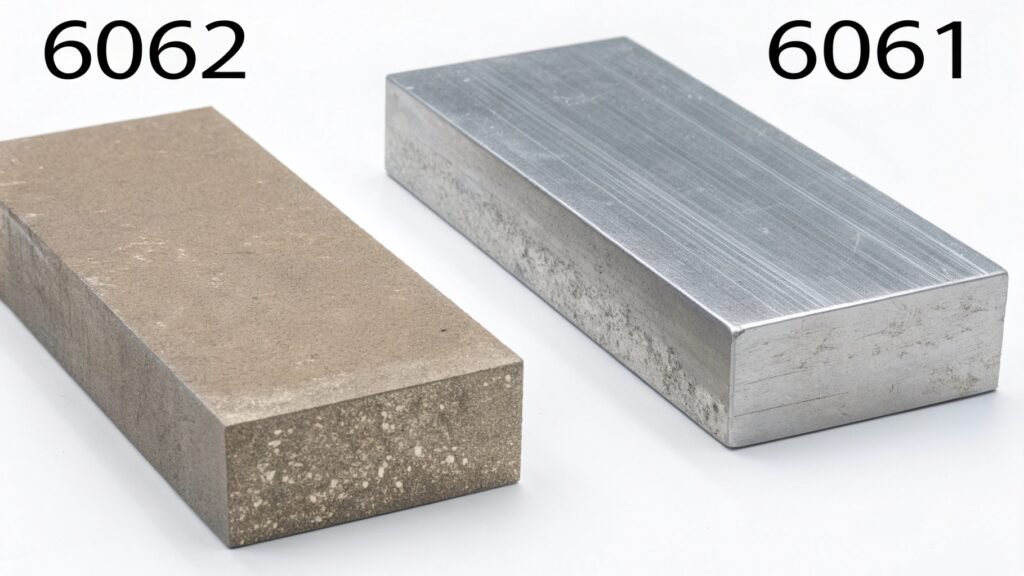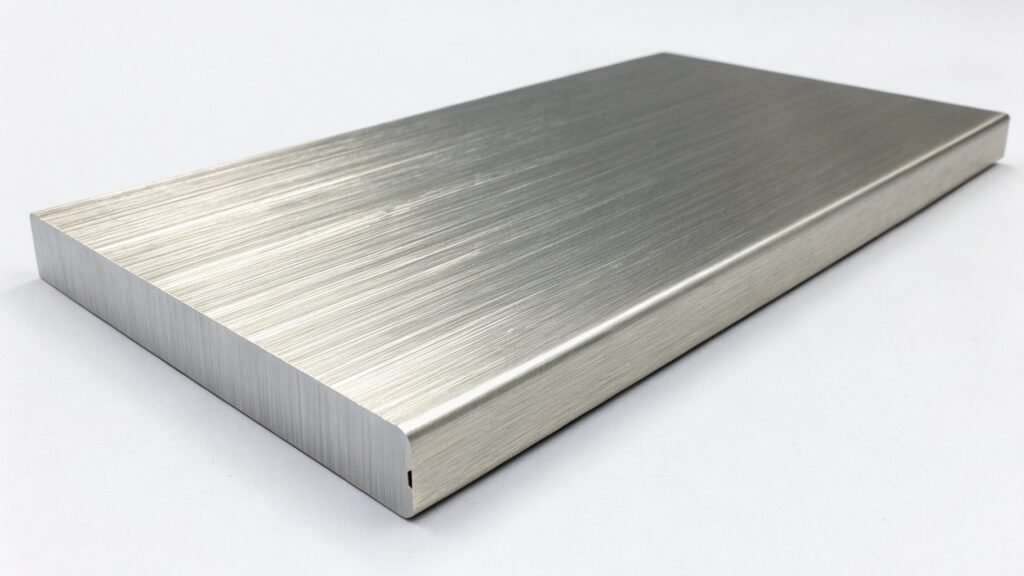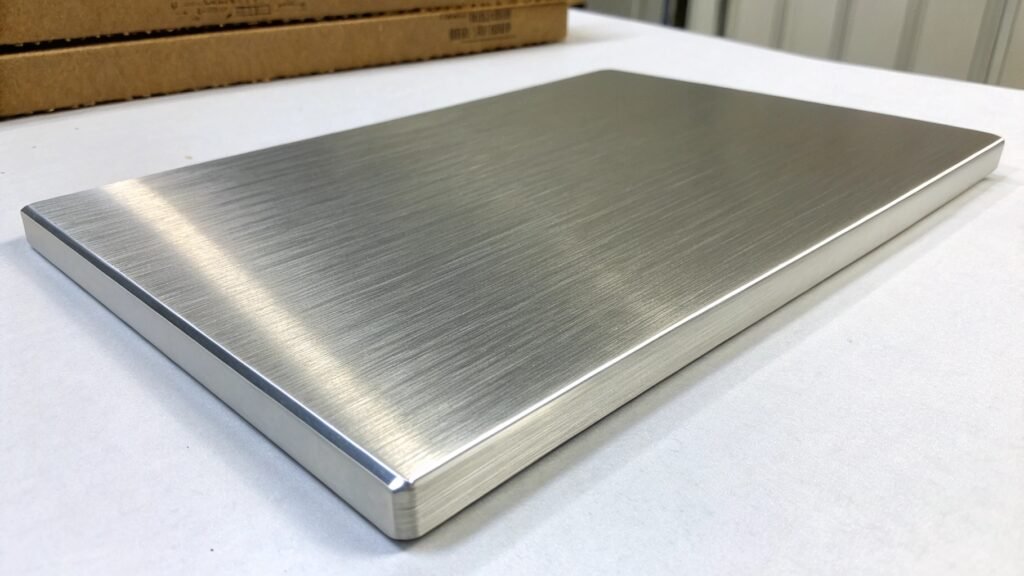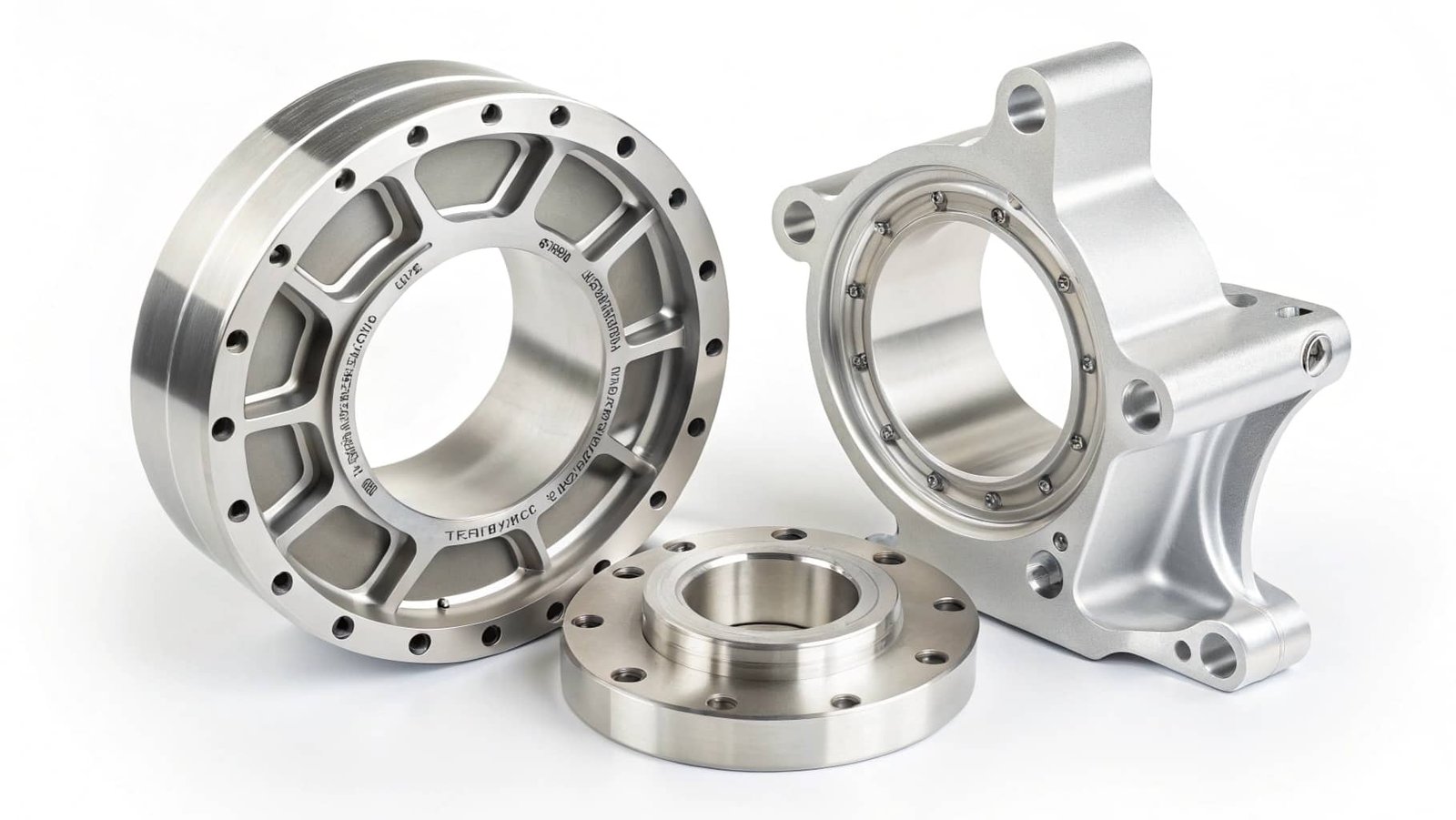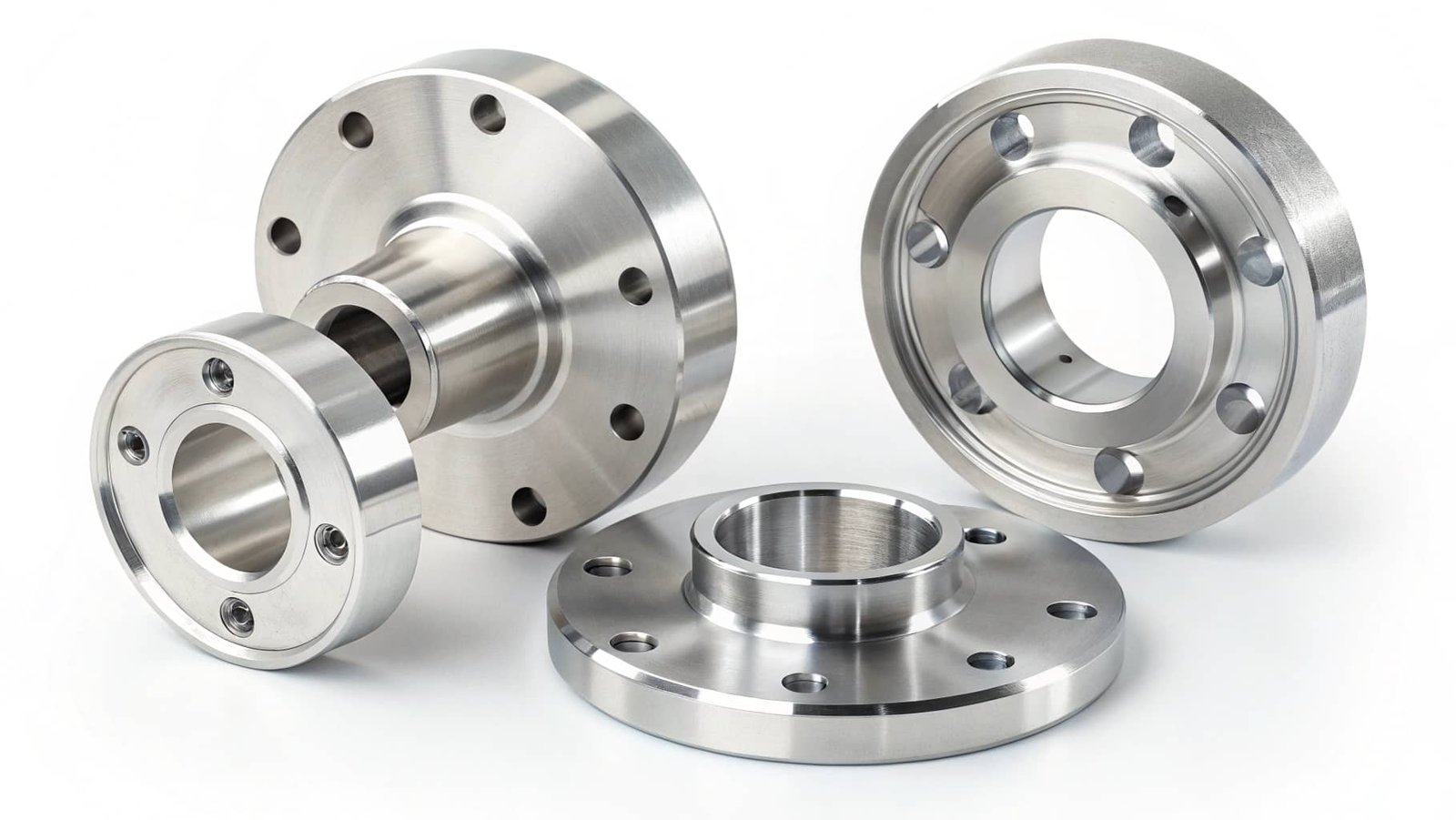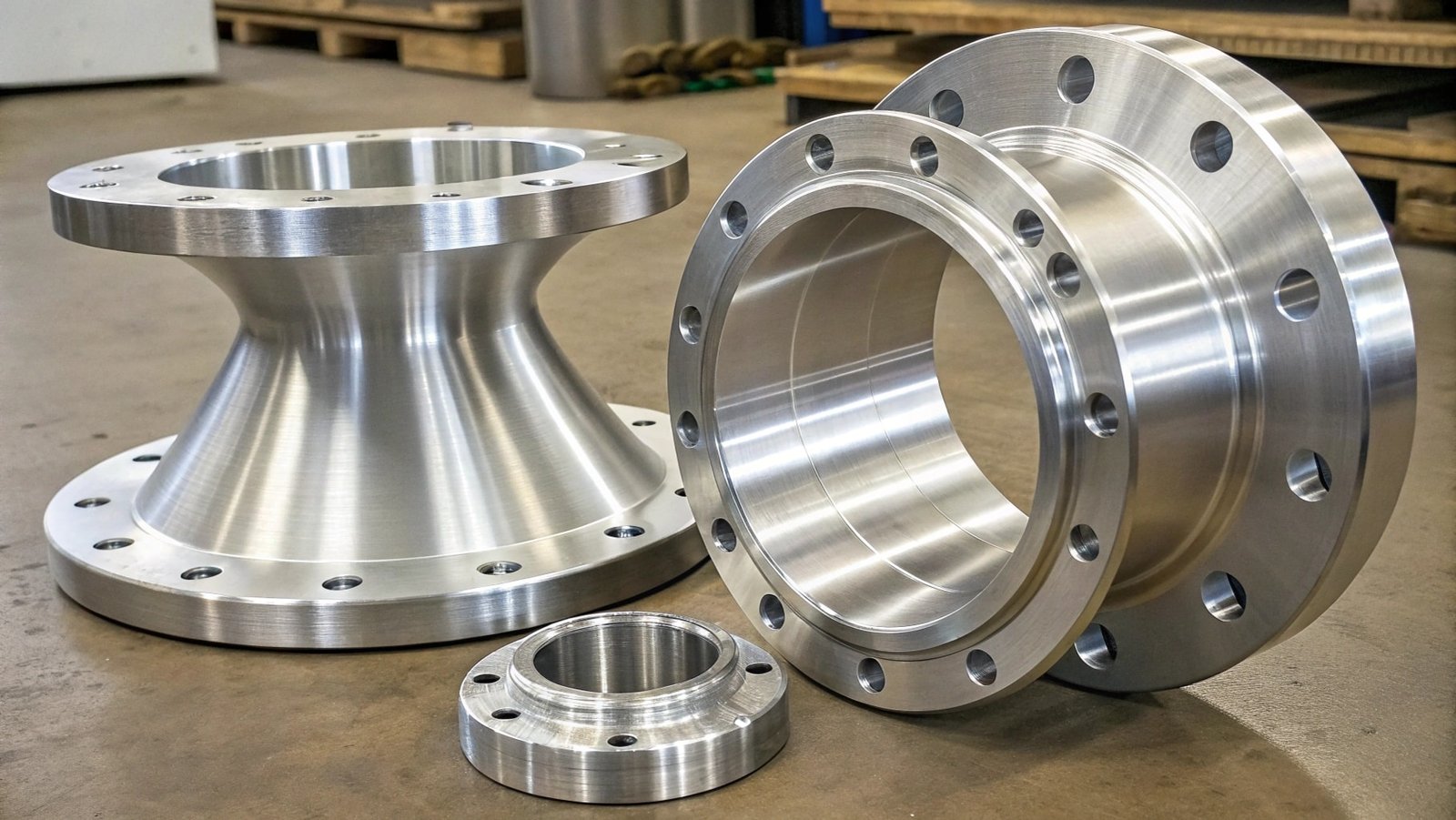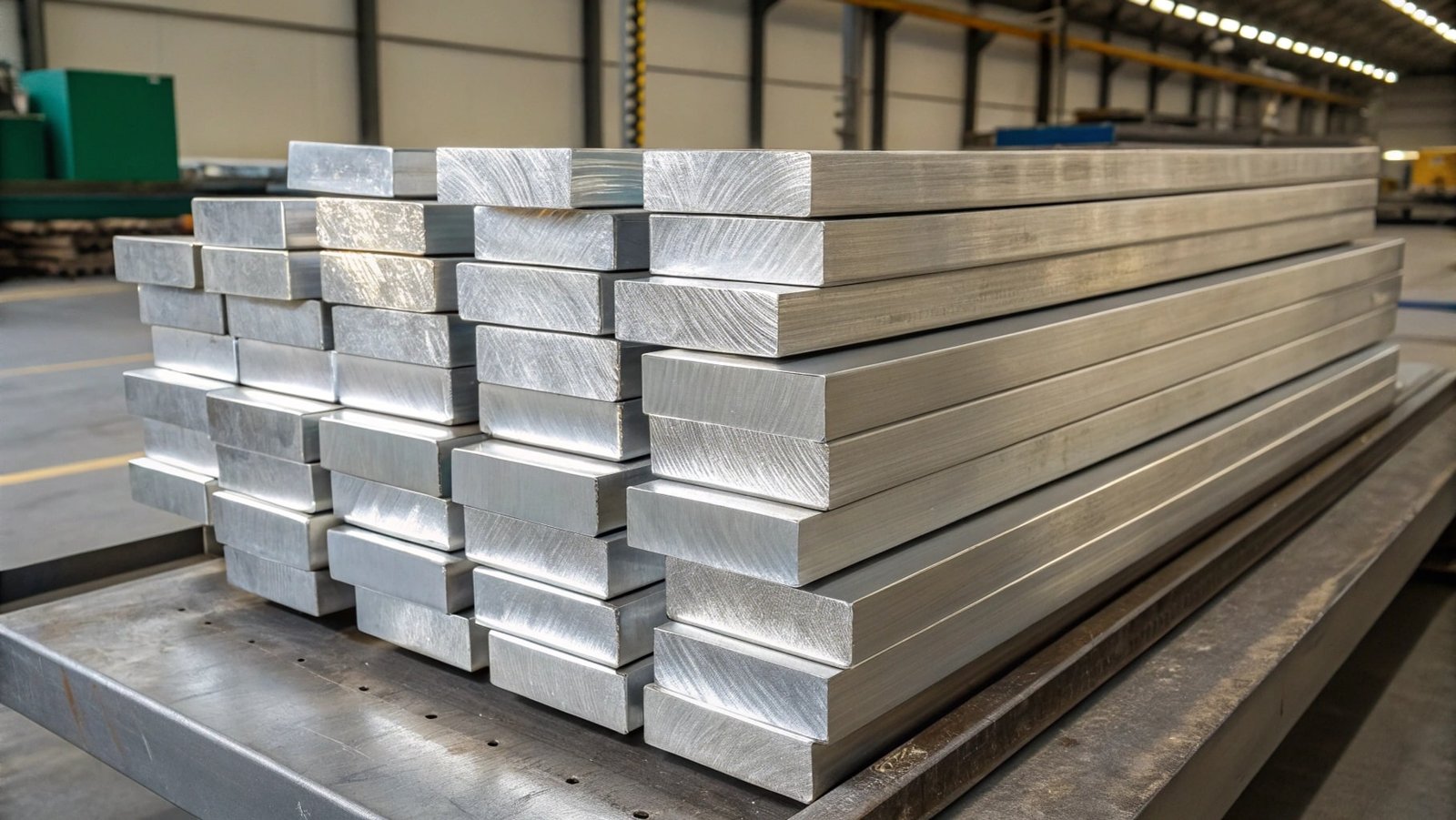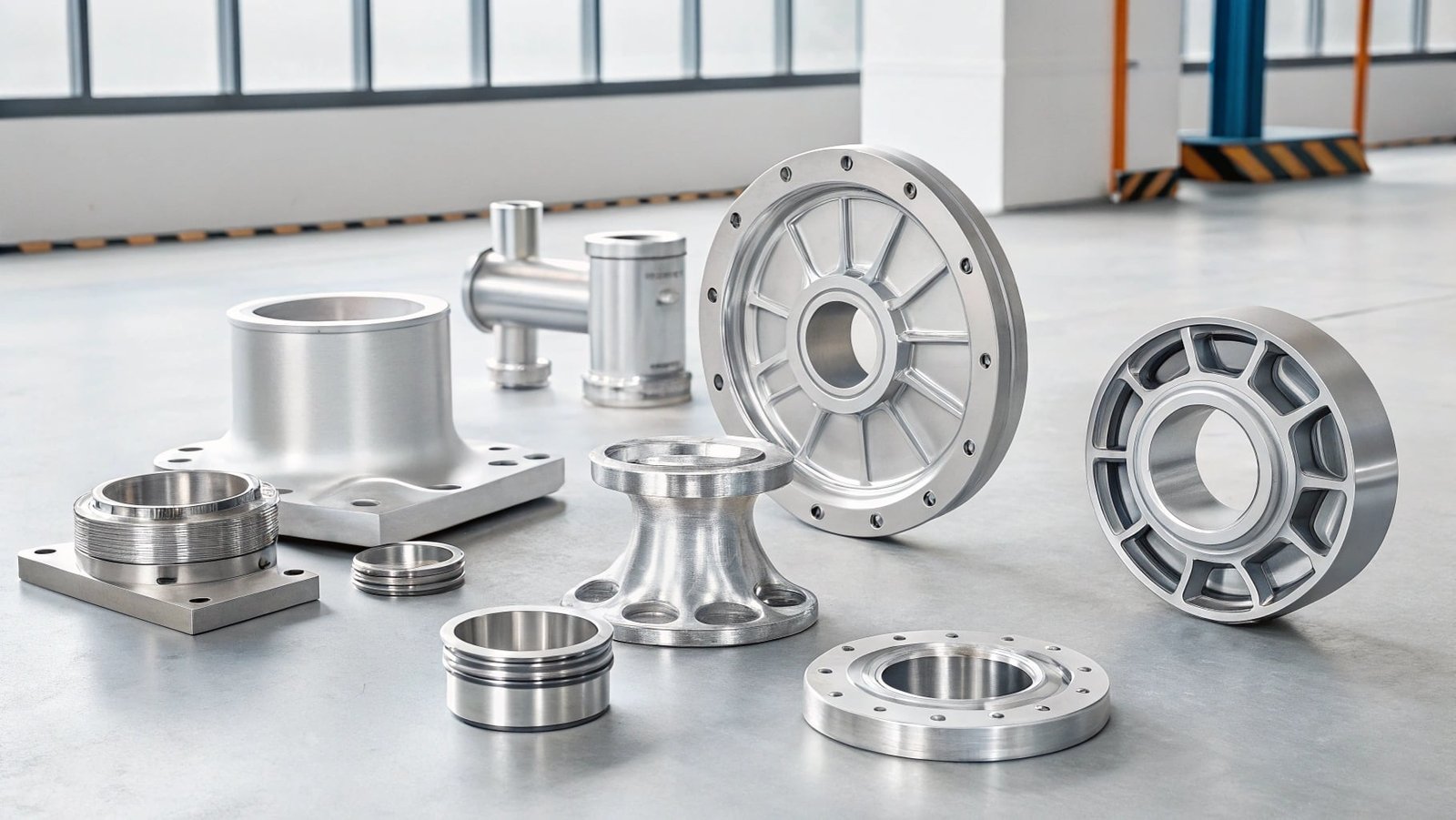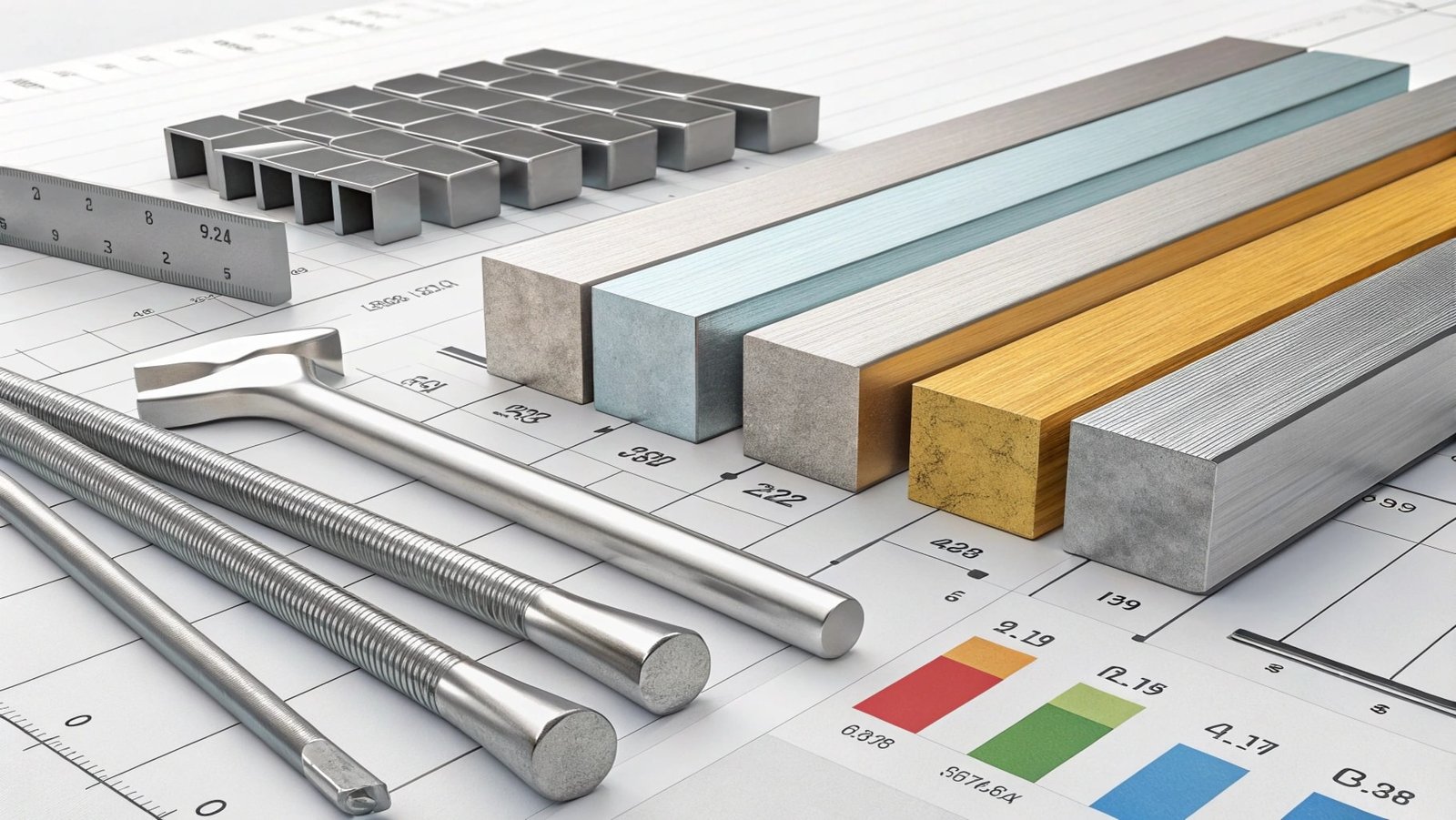Navigating the world of aerospace materials can be complex. If you're considering high-strength aluminum for your next project, understanding specific alloys like 6062 is crucial.
While 6061 is a well-known aerospace alloy, 6062 is a less common but related alloy that shares many properties, including good strength and corrosion resistance. Understanding their subtle differences helps in selecting the most suitable material for critical aerospace applications1.
When clients approach us about aerospace aluminum forgings, the conversation often turns to specific alloys and their performance characteristics. While 6061 is a standard, understanding its relatives like 6062 provides a broader perspective on material selection for demanding applications.
What are the properties of aluminum 6062?
Aluminum alloy 6062, though less frequently specified than its cousin 6061, possesses a similar profile of desirable properties for various industrial uses.
Aluminum 60622 is characterized by a good combination of strength, moderate formability, and excellent corrosion resistance, making it suitable for general-purpose applications where moderate performance is required. It shares many characteristics with 6061 but can have slightly different mechanical properties due to variations in its alloy composition.
The properties of an aluminum alloy dictate its suitability for specific manufacturing processes and end-use applications. For 6062, its balanced characteristics make it a viable option for clients looking for reliable, corrosion-resistant aluminum components.
Here are the key properties of aluminum 6062:
- Good Strength-to-Weight Ratio: Like most aluminum alloys, 6062 offers a favorable strength-to-weight ratio, which is essential for reducing the mass of components without compromising structural integrity.
- Excellent Corrosion Resistance: The presence of magnesium and silicon in its composition gives 6062 excellent resistance to corrosion, especially in atmospheric and marine environments.
- Moderate Formability: It can be formed using various methods, though it is not as easily formed as some purer aluminum grades.
- Good Weldability: 6062 can be welded using standard techniques like gas metal arc welding (GMAW) or gas tungsten arc welding (GTAW). However, welding can reduce its strength in the heat-affected zone, so post-weld heat treatment might be necessary for applications requiring maximum strength.
- Heat Treatable: 6062 is a precipitation-hardenable alloy. Through heat treatment (solution heat treatment and aging), its strength can be significantly increased.
- Machinability: It generally exhibits good machinability, allowing for the creation of parts with precise dimensions and good surface finishes.
These properties position 6062 as a capable alloy for applications that do not demand the absolute peak performance of alloys like 7075 but still require good strength and corrosion resistance3.
What is the difference between 6062 and 6061 aluminum?
While both 6061 and 6062 are members of the 6xxx series of aluminum alloys, they have distinct compositional differences that lead to variations in their properties and applications.
The primary difference between 6062 and 6061 aluminum lies in their alloy composition, specifically the levels of copper and magnesium. 6061 typically has higher copper content and is more widely available and specified for its balanced properties, while 6062 may have slightly different proportions of alloying elements, potentially influencing its strength and weldability.
When clients compare aluminum alloys, it's important to understand the subtle differences. 6061 is a very common benchmark, and understanding how 6062 relates to it helps clarify material choices for specific projects, especially if unique specifications are involved.
Here's a comparison of 6062 and 6061:
- Composition:
- 6061: Typically contains 0.8-1.2% Magnesium, 0.4-0.8% Silicon, 0.15-0.40% Copper, and up to 0.25% Chromium.
- 6062: The specific composition can vary, but it often has a slightly different ratio of magnesium and silicon, and sometimes copper. For instance, it might have a lower copper content than 6061.
- Strength: Both alloys offer comparable mechanical properties in their common tempers (like T6). However, subtle compositional variations might lead to minor differences in tensile strength, yield strength, and hardness. Generally, 6061 is considered to have slightly higher strength due to its typical copper content.
- Weldability: Both alloys are considered to have good weldability. However, variations in copper and magnesium content can slightly affect the weld strength and the degree to which strength is lost in the heat-affected zone. 6061 is often cited as having slightly better weldability in certain applications.
- Corrosion Resistance: Both exhibit excellent corrosion resistance due to the presence of magnesium and silicon, which form protective oxide layers.
- Availability and Specification: 6061 is much more widely produced and specified across industries. 6062 is less common and might be developed for more niche applications or specific regional markets.
- Applications: Both are used for general structural applications, transportation components, and moderate-stress applications. 6061 is more prevalent in aerospace, automotive, and marine industries.
In many cases, 6061 is the default choice due to its established performance and availability. However, 6062 may be specified if its particular compositional nuances offer a slight advantage for a specialized requirement.
Why is 6061 aluminum so expensive?
The cost of aluminum alloys like 6061 is influenced by several factors, starting from the raw materials to the complex processing required.
6061 aluminum is considered relatively expensive due to the cost of its alloying elements (magnesium, silicon, copper, chromium), the energy-intensive processes required for its production and heat treatment, and its widespread demand across high-value industries like aerospace and automotive.
Clients often inquire about material costs, and it's important to explain the value proposition of alloys like 6061. Its price reflects not just the raw aluminum but the significant investment in alloying, processing, and quality control that results in its superior performance characteristics.
Here are the main reasons for the cost of 6061 aluminum:
- Alloying Elements: Pure aluminum is relatively inexpensive. However, 6061 is an alloy, meaning elements like magnesium, silicon, copper, and chromium are added. The procurement and precise addition of these elements contribute to the overall cost. Copper, in particular, can be a significant cost driver.
- Energy-Intensive Production: The process of producing high-quality aluminum alloys involves energy-intensive steps, including smelting, alloying, casting, extrusion, and, crucially, heat treatment (solution heat treatment and aging for tempers like T6). These processes require significant electrical energy and specialized equipment.
- Heat Treatment (Precipitation Hardening): Achieving the desirable T6 temper (solution heat-treated and artificially aged) involves carefully controlled heating and cooling cycles. This adds complexity and cost to the manufacturing process.
- High Demand and Application Value: 6061 is widely used in industries where performance is critical, such as aerospace, automotive, marine, and high-end sporting goods. This high demand from value-added sectors supports its pricing structure.
- Quality Control and Consistency: Ensuring the precise composition and mechanical properties required for 6061, especially for aerospace specifications, involves rigorous quality control measures, which add to the overall cost.
While more expensive than basic aluminum grades, the enhanced properties and performance of 6061 often justify its cost in applications where strength, corrosion resistance, and durability are paramount.
What does T6 stand for in aluminum?
The "T6" designation in aluminum alloys refers to a specific temper, which indicates the mechanical property achieved through a particular heat treatment and aging process.
In aluminum alloys, "T6" signifies that the material has undergone solution heat treatment followed by artificial aging. This process significantly increases the alloy's strength and hardness by precipitating fine intermetallic particles within the grain structure.
Understanding temper designations is vital when discussing aluminum specifications with clients. The T6 temper is very common and signifies a level of strength that is often critical for many forged components, particularly in aerospace and industrial applications.
Here's what T6 means:
- Solution Heat Treatment: This is the first step, where the aluminum alloy is heated to a specific high temperature (e.g., around 500°C or 932°F for 6061). At this temperature, alloying elements dissolve into the aluminum matrix, forming a solid solution.
- Quenching: Immediately after solution heat treatment, the alloy is rapidly cooled (quenched), typically in water. This traps the dissolved alloying elements in a supersaturated solid solution at room temperature. At this stage, the alloy is relatively soft and ductile.
- Artificial Aging (Precipitation Hardening): The material is then subjected to a second, lower-temperature heating cycle (e.g., around 150-175°C or 300-350°F for 6061). During this aging process, the supersaturated alloying elements begin to precipitate out of the solid solution as tiny, uniformly dispersed particles. These fine precipitates impede the movement of dislocations within the metal's crystal structure, significantly increasing its strength and hardness.
The T6 temper is one of the most common and strongest tempers for precipitation-hardenable aluminum alloys like 6061, 2014, and 7075, making them suitable for demanding structural applications.
Conclusion
While 6061 is a common choice, 6062 aluminum offers similar properties with slight compositional differences. The cost of 6061 stems from its alloying elements and energy-intensive heat treatment, with "T6" indicating a strong, heat-treated temper.


